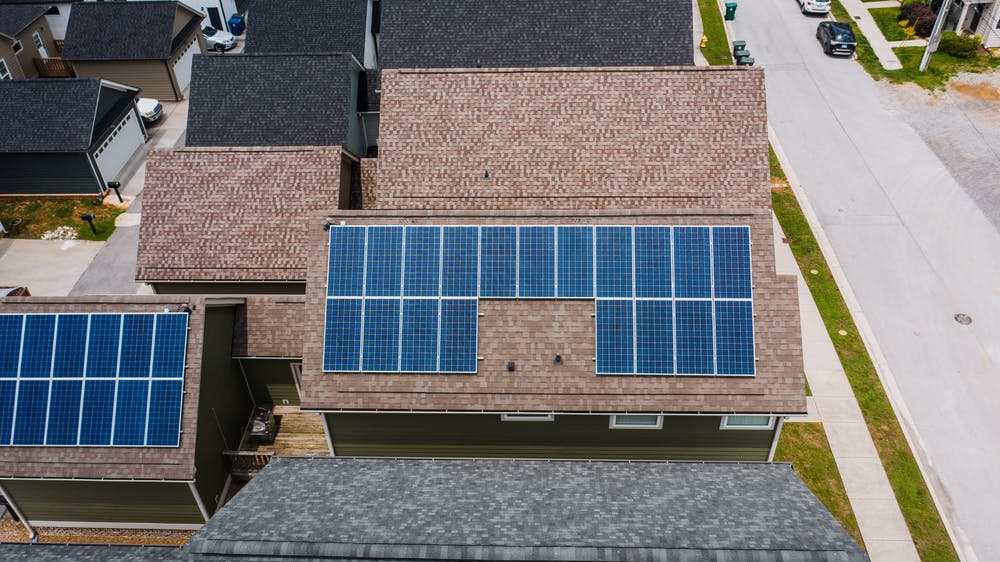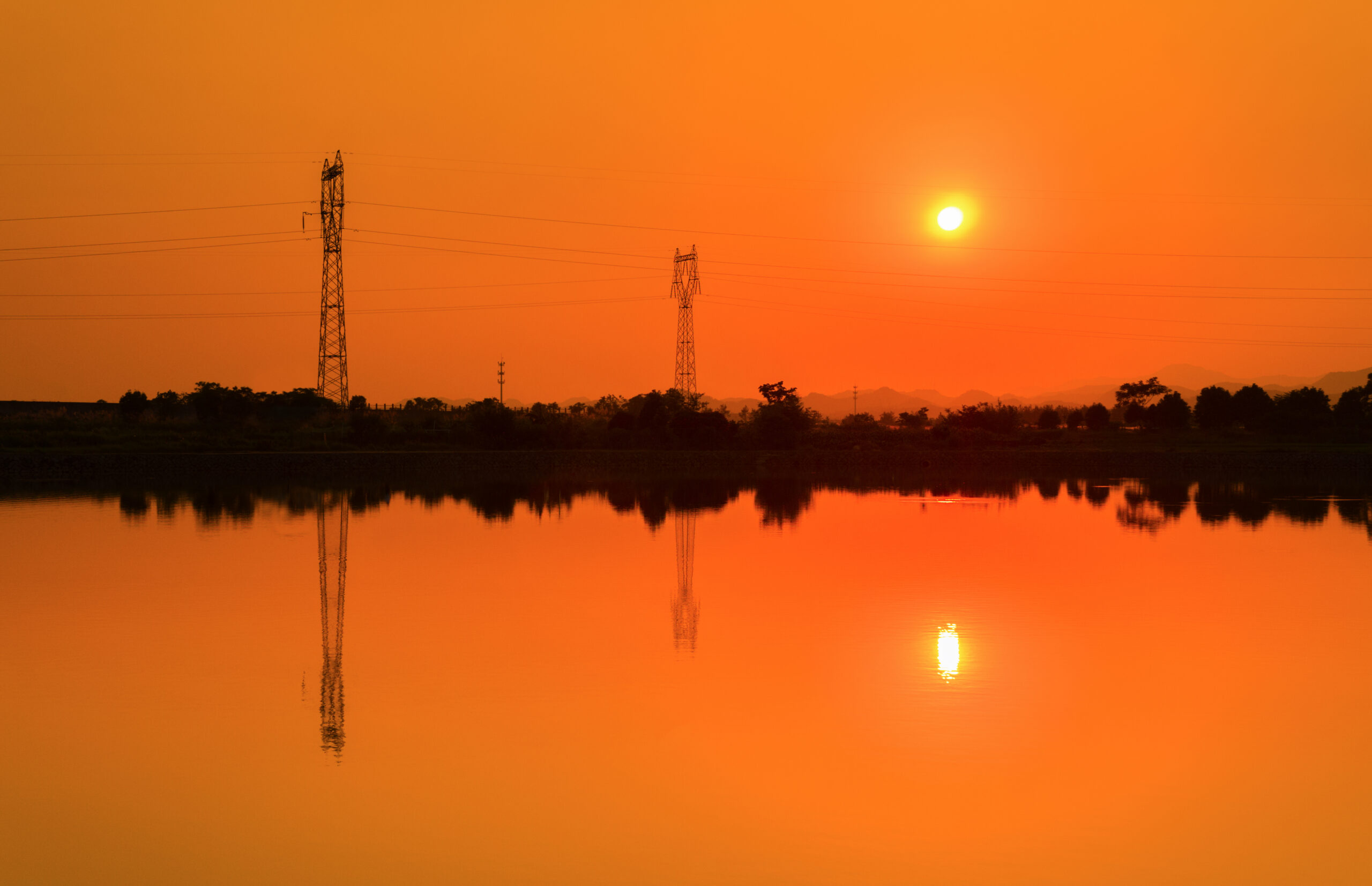Between initiatives to combat the impact of climate change and tech disruption, the modern power grid is evolving at a rapid pace. During times of high usage, utilities are often faced with finding quick solutions to match increased demand, which is the purpose of peaker plants. Fortunately, emerging DER technologies like wind and solar generation, batteries, electric vehicles, and EV charging stations, and smart thermostats are becoming increasingly accessible to a growing community of prosumers. Using distributed energy resource management systems (DERMS), utilities can synthesize these disparate resources into virtual power plants (VPPs), a cheaper and cleaner solution to keeping a balanced grid.
How the Grid Works
Balancing the grid requires matching the supply and demand of electrical energy at every instant over a large geographic area. Doing that involves transporting large amounts of electrical energy over long distances in a safe, reliable, and cost-effective manner. The majority of electricity is generated by traditional power plants, which use a variety of resources like water or steam (heated using fuels like coal or natural gas) to turn a generator that produces electricity and injects it into the power grid. These power plants are convenient for grid operators, as the amount of power generated is easily monitored and adjusted in real-time.
For the most part, traditional power plants are sufficient to meet supply and demand. Unfortunately, the modern grid is challenged by new technologies that reimagine load shapes and time-of-day usage and increased extreme weather events caused by climate change. To satisfy demand, utility providers are offered few choices, including buying energy from another provider, using dirty and costly peaker plants, or through conservation efforts like demand flexibility programs. Now, tech-savvy utilities can employ virtual power plants as well.
What is a Virtual Power Plant?
A virtual power plant (VPP) is a collection of interconnected but otherwise unrelated energy-producing devices including rooftop photovoltaics or devices that consume and store electricity, but allow for flexibility to meet demand like smart thermostats or EV chargers). For example, imagine if a utility provider could tap into the additional energy generated or stored by individual prosumer power production. Because of improvements in information and communication technologies (ICTs), including distributed energy resource management systems (DERMS), these smart devices can be combined into virtual power plants (VPPs).
How Do VPPs Work?
Using ICT, utility operations can coordinate virtual power plants remotely, deploying them to satisfy demand needs. Altogether, VPPs can consist of a group of the same type of devices (e.g., smart thermostats), or they can consist of a mix of different device types (e.g., batteries, smart thermostats, and rooftop solar). In general, a VPP is that the group of devices can be coordinated so that some target characteristic (e.g., their total power consumption or injection, depending on the devices) follows a desired trajectory over time, much like a traditional power plant.
From a technological perspective, facilitating VPPs requires interconnectivity to link the devices and enable effective coordination, because there is inherent variability in the devices, and because the devices have a primary use outside of being a resource for grid operation. To enable VPP operation, devices should have some sensing capability to measure their status in some way; they should be able to transmit these measurements to a decision-maker (e.g., an automated algorithm at the utility or service provider); and they should be able to receive and act on coordination commands. With the right DERMS software, VPPs have the capacity to provide a rich, clean, and efficient source of renewable energy.
Obstacles to VPP Adoption
There are many impediments to the adoption of widespread virtual power plant employment, from regional legal challenges to personal solar panel usage to infrastructural concerns including access to WiFi and beyond. The cost of this infrastructure has been one of the main deterrents in the spread of VPPs within power systems. While these obstacles pose a difficulty, the march for innovation continues, meaning that the technology will continue to enhance even despite any socio-political constraints.
Because the original equipment manufacturer (OEM) devices that comprise a virtual power plant feature some randomness in their operation through end-user actions, coordination is often inconsistent and unpredictable. For example, thermostat set points can be changed, batteries can be discharged by their owners, electric vehicles can be connected or disconnected, and so on. Making sure that each device works in tandem is key, but the combination of a robust DERMS solution and a large, integrated number of device partners can mitigate these concerns.
Finally, individual devices serve a primary purpose to their owners outside of power system operation. Thermostats (and the heating/cooling equipment) should maintain the temperature within the house within the desired range, batteries should allow backup energy, and electric vehicles should be charged to allow the owner to get where they need to go. Together, the infrastructure, the randomness, and the need to balance grid benefits are difficult, but surmountable challenges.
VPP Connectivity
Virtual power plants are often limited by the ICT infrastructure and whether that is sufficient for the communication, measurement, and verification to enable a task and validate to the system operator that the desired behavior has been achieved. For example, devices that can act on coordination commands instantly can measure the necessary state of the device and its power consumption and can communicate those measurements instantly have very few limitations in practice. Those limitations include those of the constituent VPP devices, such as the compressor short cycling that troubles HVAC units, that should be respected and can be overcome using the proper design of the coordination algorithms.
Virtual Power Plant Conclusion
Given the proper investment in ICT infrastructure and the proper design of coordination algorithms, virtual power plants are an ideal complement to traditional power plants. With proper system design, VPPs can provide energy services to the grid (meet an energy usage schedule over time), can provide operating reserves, can provide frequency regulation, and can provide voltage support. The main limitation is the cost associated with the infrastructure needs. As these costs continue to decrease and as ICT becomes more advanced, VPPs will become a standard grid resource.
This is why Virtual Peaker is invested in developing our suites-based platform to help utilities of any size scale their VPP programs accordingly. Has your utility operation considered developing a virtual power plant strategy? Sign off in the comments section below and let us know.





